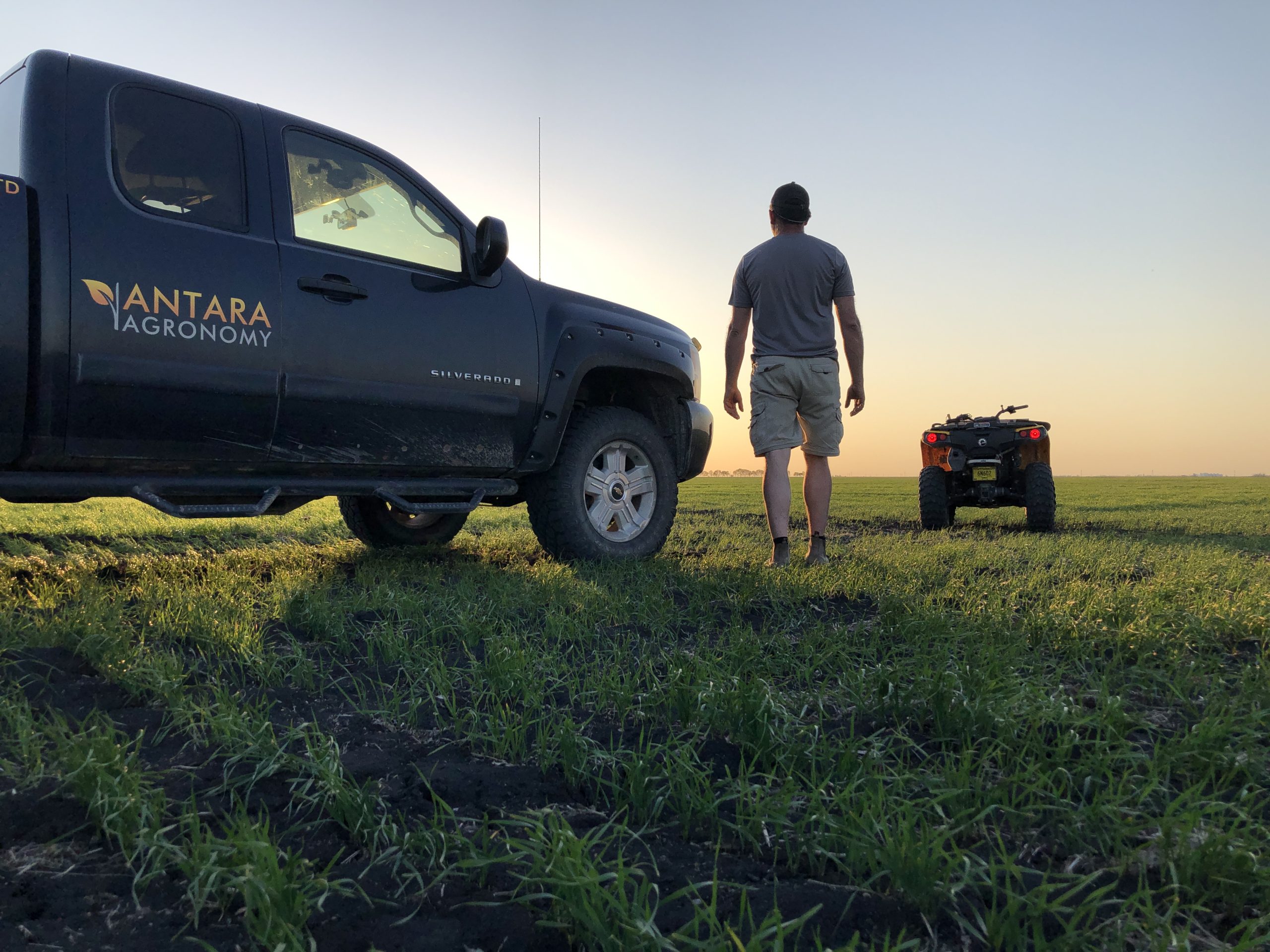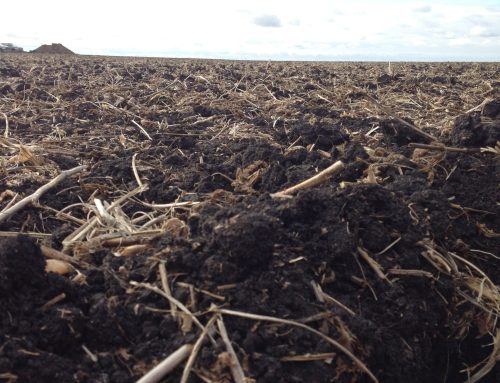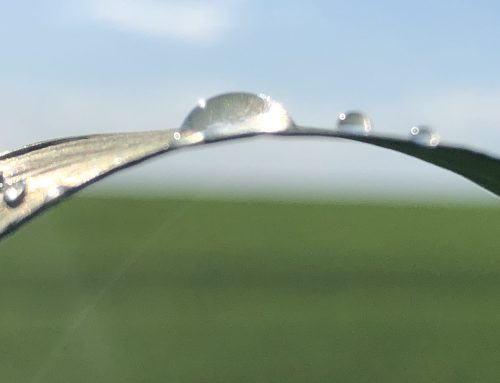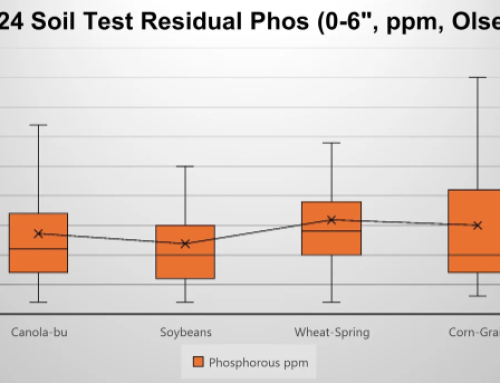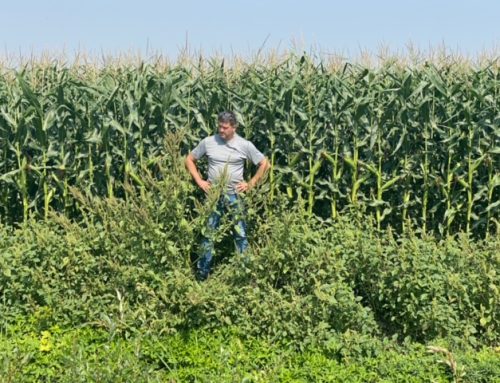As the agricultural landscape evolves, so do the challenges faced by producers in the Red River Valley. Recent observations have highlighted the emergence and spread of certain pests and diseases that demand our immediate attention and proactive management.
Herbicide-Resistant Weeds: A Growing Concern
Tall Waterhemp
Over the past few years, tall waterhemp has established a significant presence in the Red River Valley—and it’s spreading like wildfire. This aggressive weed is not just a challenge because of its rapid growth and herbicide resistance, but also due to how it arrived and how it spreads. Many believe it initially came in on floodwaters, and it continues to move via waterfowl, water movement, and even on equipment. What started as a few isolated patches has now become a widespread concern.
Tall waterhemp germinates in multiple flushes throughout the growing season, making it incredibly difficult to manage with a one-and-done herbicide approach. Once established, it’s tough to eliminate and often requires repeated herbicide passes with multiple modes of action. The cost of inaction is high—both agronomically and economically.
Early detection is key. Identifying and controlling small patches before they take over an entire field is the most effective strategy. And it’s not just up to one farmer—retailers, agronomists, neighbors, and municipal/county staff all need to be part of the solution. It’s going to take a community-wide effort to keep this weed in check.
Kochia
Kochia is another weed that’s quickly evolving into a major issue in our region. We’ve likely been dealing with herbicide-resistant kochia longer than we realized—today, it’s estimated that up to 99% of the population is glyphosate-resistant. But it doesn’t stop there. In several northern U.S states. and prairie provinces, resistance to multiple other herbicide groups is already being documented, and there’s every reason to believe that trend is creeping northward and eastward.
Kochia’s tenacity and resistance traits mean that waiting until it becomes a visible problem is too late. As with tall waterhemp, proactive scouting and strategic herbicide rotation are critical. These are weeds that will fundamentally change how we farm if we don’t stay ahead of them. Managing them isn’t about reacting—it’s about prevention, planning, and keeping resistance management front and center.
Palmer Amaranth
While not widespread yet, Palmer amaranth has been confirmed just south of the border and is expected to move north. It’s more aggressive than tall waterhemp and carries similar, if not worse, resistance challenges. Its introduction into Manitoba fields could create long-term weed control headaches if not addressed early.
Verticillium Stripe in Canola
Verticillium stripe is another issue that’s really starting to get attention, and for good reason. This disease has been quietly spreading in the Red River Valley for several years. Some producers say they’ve seen symptoms going back nearly a decade, but it’s become particularly noticeable in recent seasons. After being mostly absent in 2023, it returned in 2024 with a vengeance—stretching well beyond our area into places like Dauphin and Swan River.
Verticillium stripe is strongly influenced by weather conditions, and unfortunately, there’s no effective control solution available. The exact cause of its increased prevalence is still unclear. Is it linked to the move toward straight-cutting canola rather than swathing?
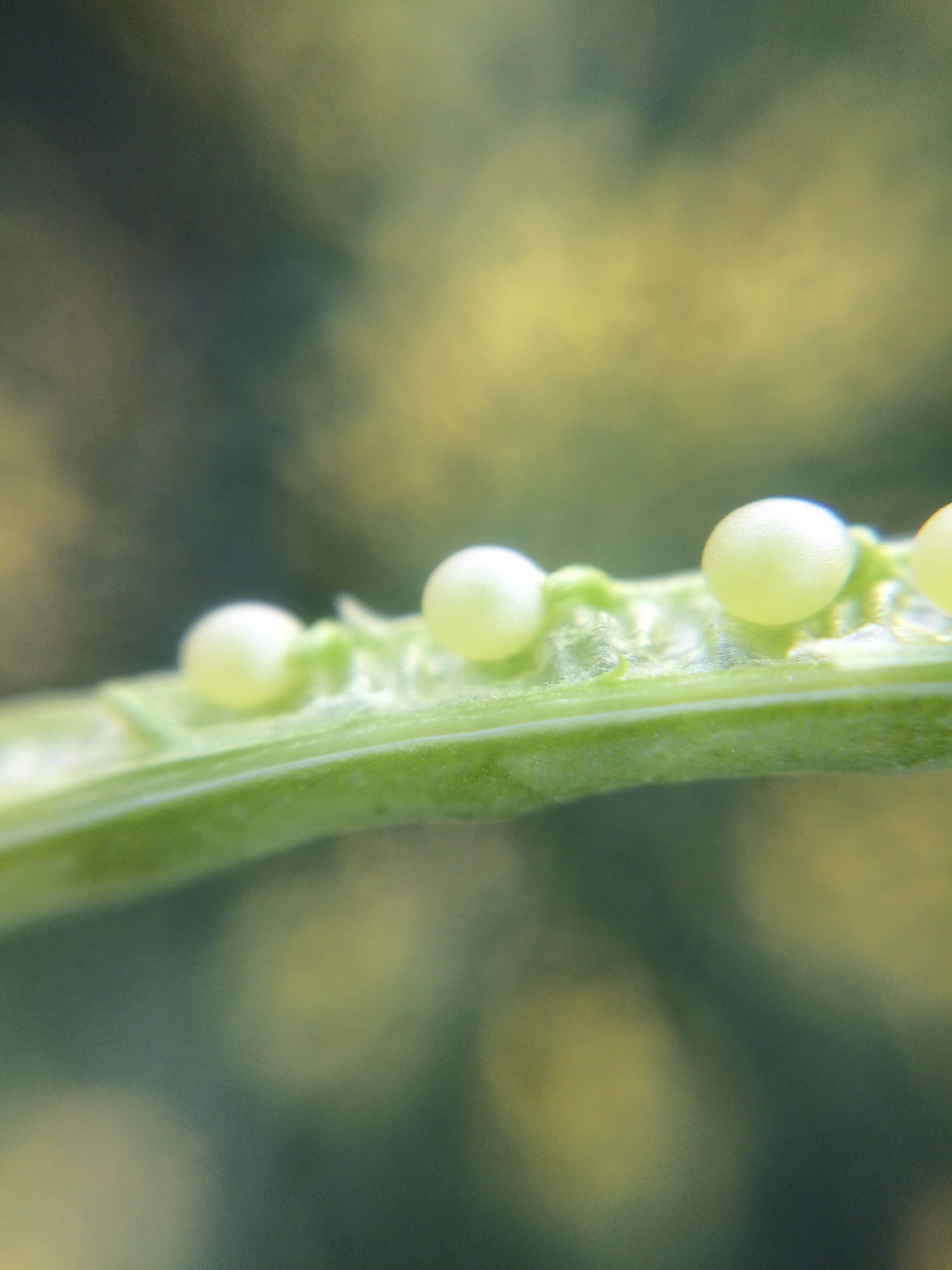
Is there a connection with blackleg, which seems to show up in the same places? Or are they simply two diseases that thrive in similar environments? These are the questions researchers and industry groups—like Manitoba Canola Growers and the Canola Council—are actively working to answer.
In the meantime, the best tools we have for management are varietal resistance and thoughtful crop rotation. Extending canola rotations to every three, four, or even five years can reduce disease pressure significantly. That’s easier said than done in areas with limited crop options, but here in the Red River Valley, our diverse cropping systems give us some flexibility—an advantage we should be using.
Here is a link to the Canola Councils information page on verticillium: https://www.canolacouncil.org/canola-encyclopedia/diseases/verticillium-stripe/#symptoms
Emerging Diseases in Corn and Soybeans
Soybean Cyst Nematode (SCN)
SCN has been detected in several municipalities in Manitoba. While current levels may not be economically damaging, the pest’s potential to reduce yields and its persistence in soil make it a significant concern. Regular soil testing and crop rotation are recommended to manage SCN populations.
Clubroot
Clubroot, another soil-borne disease, poses a threat to canola production. Though not yet prevalent in all areas, its ability to cause significant yield losses necessitates proactive measures, including the use of resistant varieties and sanitation of equipment to prevent spread.
Proactive Management: The Key to Success
The emergence of these pests and diseases underscores the importance of proactive management strategies. Regular scouting, diversified crop (and herbicide) rotations, and the use of resistant varieties are essential tools in mitigating these challenges. Collaboration among farmers, agronomists, and industry stakeholders will be crucial in developing effective management plans.
At Antara Agronomy, we are committed to supporting producers in navigating these evolving challenges. Our team is available to provide guidance and develop customized strategies to protect your crops and sustain your farm’s productivity.
